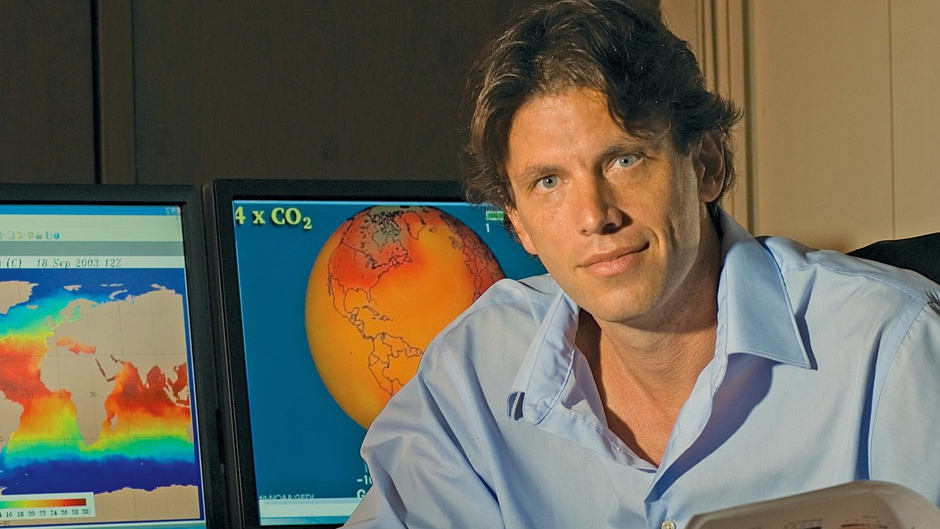Changes in the timing, frequency, and magnitude of rainfall over the 21st century will have significant impacts on our Nation’s communities and economy. Predicting and adapting to these changes is critical. Scientists know that, across the country, wet regions will likely get wetter and dry regions will likely get drier, and they understand the processes behind this well. In addition, recent research shows that global warming also causes wet and dry regions to change locations. However, the question of how global warming drives these precipitation shifts remains a significant knowledge gap, despite the threats that these potential changes pose to communities.
Brian Soden, professor of atmospheric sciences at the University of Miami’s Rosenstiel School of Marine and Atmospheric Science (UM), is ready to address this gap. Over the next three years, he will lead a competitively funded NOAA Research project to better understand how dry and wet regions may change and why.
“Shifts in the location of dry and wet regions have a significant impact on society,” said Soden. “Over the latter half of the 20th century, rainfall observations reveal a coherent southward shift of the tropical rain belt, for example, causing severe droughts over the Sahel region of Africa and large portions of South America.”
Soden was awarded a three-year $502k grant from the NOAA Research Modeling, Analysis, Predictions, and Projections (MAPP) Program. To answer his research question, Soden will examine a unique set of climate model simulations performed by modeling groups all over the world.
“The simulations were specifically designed to better understand how different greenhouse gas and aerosol emissions from human activities alter the spatial and temporal distribution of rainfall,” said Soden.
Previous studies have highlighted the importance of global warming from greenhouse gases and aerosols in changing rainfall patterns, as well as how changes in cloud properties that alter the amount of sunlight absorbed can amplify the changes in rainfall, a process called cloud feedbacks. Given these findings, Soden will assess climate model simulations using a technique that measures the influence from greenhouse gases and aerosols, as well as from cloud feedbacks, and then compare the results to determine how these processes contribute to differing rainfall projections in the models.
As a former scientist at NOAA’s Geophysical Fluid Dynamics Laboratory (GFDL), Soden plans to work closely with GFDL scientists throughout his project to help directly transfer his efforts.
“The improved understanding of cloud-circulation feedbacks will help enhance the model development activities at GFDL,” said Soden. “Collaboration with GFDL scientists will also allow for more specific experiments to be done to test hypotheses developed from this work.”
Ultimately, his project will provide a set of tools and products to help the climate modeling community measure how much change in rainfall patterns results from greenhouse gases and aerosols, as well as cloud circulation feedbacks in models, and improve their modeling and predictions of future rainfall changes.
“There are few aspects of society that are not directly affected by changes in rainfall patterns, or changes in the frequency of droughts and floods,” said Soden. “This research will help to better plan and prepare for these changes.”

